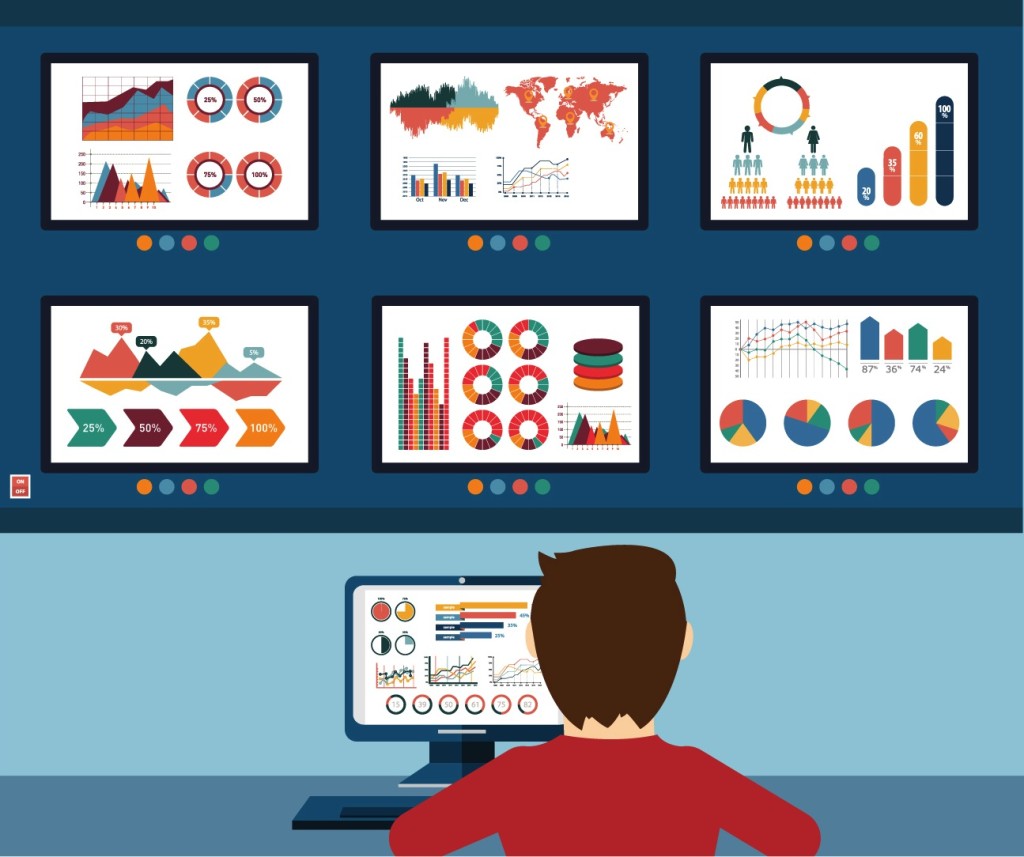The key to turbo-charging your B2B marketing is being able to use data effectively. This includes data about your customers, as well as data about their overall buyer’s journey, from point of first contact to final conversion. Here are just three of the ways that data can boost your B2B marketing.
#1: Understand your customer better
There’s a lot that you might already know about your customer based on standard demographic data, such as age, occupation or geographic location. But there’s a lot of data that can be harnessed from across the web to really tighten up what you know about these customers. After all, you can’t base your buyer personas solely on demographic information. It’s possible to create a much richer description of each customer.
What you are looking for is unique insights into how your customers spend their time online, how they interact with your products (and the products of your competitors), and what types of interests they have. In the old analog days, the only way to get access to this information was through surveys, focus groups and polls. But this is the digital era, and there’s a lot of data out there that’s easy to find without requiring any surveys or polls. One good example: simply measuring how much time a prospect spends on your website, and which pages they visit, can give you tremendous insights into how to improve your marketing messages.
#2: Get insights into the customer’s journey
Every customer follows a specific buyer’s journey. Each journey starts with the customer’s first interaction with you, and ends with a final sale or conversion. Thus, for some customers, the first step of that journey might be a visit to your website; for others, it might be a phone call or an in-person meeting at a trade show. If you have data showing how long a customer spends on each step of the journey, as well as data showing where you are having the hardest time converting a prospect, then you are able to optimize your sales process. For example, if you find that most people download your white paper, but then never follow up, that’s an important data point for your marketing team.
#3: Predict future actions and behaviors
Where data becomes very powerful is as a tool to predict future behaviors. Once you understand how customers have behaved in the past, you have a real clue as to how they might behave in the future. That can really lead to some efficiency in your marketing campaigns. That’s because you’ll have much greater insight into what types of marketing messages will resonate with them. And you’ll have much greater insight into the type of ROI you can expect from that marketing campaign.
If you’re not getting the results you want with your marketing campaigns, think about ways that you can use data to understand your customer better, get insights into the customer’s journey, and predict future actions and behaviors.
Image: Designed by Freepik

